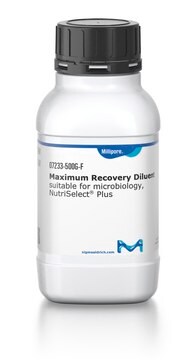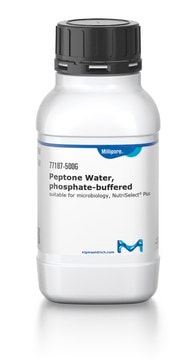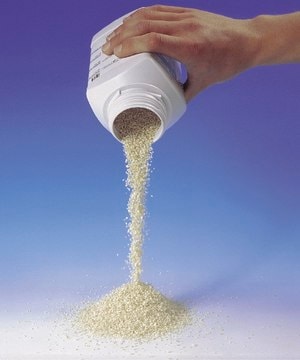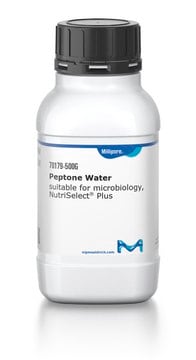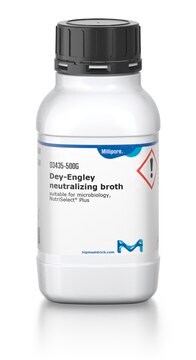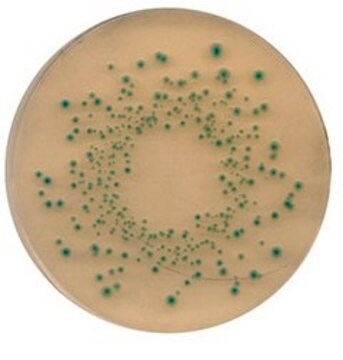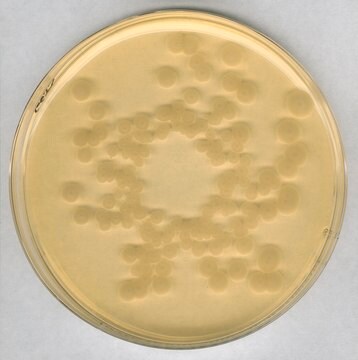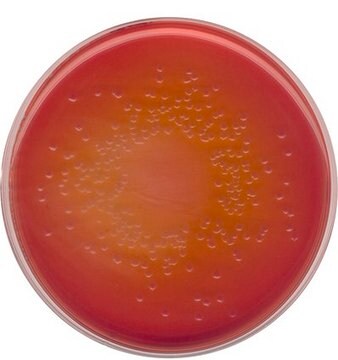43173
Tryptone salt diluent tablets
suitable for microbiology, NutriSelect® Basic
Synonym(s):
Maximum recovery diluent tablets
About This Item
Recommended Products
Agency
according to ISO 6887-1:2017
according to ISO 6887-2:2017
according to ISO 6887-3:2017
according to ISO 6887-4:2017
according to ISO 6887-5:2017
Quality Level
sterility
non-sterile
form
tablet
shelf life
limited shelf life, expiry date on the label
composition
sodium chloride, 8.5 g/L
tryptone, 1 g/L
manufacturer/tradename
NutriSelect® Basic
application(s)
environmental
food and beverages
pharmaceutical
sample preparation
microbiology
suitability
Escherichia coli
Salmonella spp.
Staphylococcus spp.
Streptococcus spp.
coliforms
Related Categories
Application
Packaging
Preparation Note
Footnote
The designations basic, plus, or prime are added to indicate the quality control level, from basic quality control to standard QC plus to prime for full regulatory compliance.
Legal Information
Storage Class Code
11 - Combustible Solids
WGK
WGK 3
Flash Point(F)
Not applicable
Flash Point(C)
Not applicable
Choose from one of the most recent versions:
Already Own This Product?
Find documentation for the products that you have recently purchased in the Document Library.
Our team of scientists has experience in all areas of research including Life Science, Material Science, Chemical Synthesis, Chromatography, Analytical and many others.
Contact Technical Service